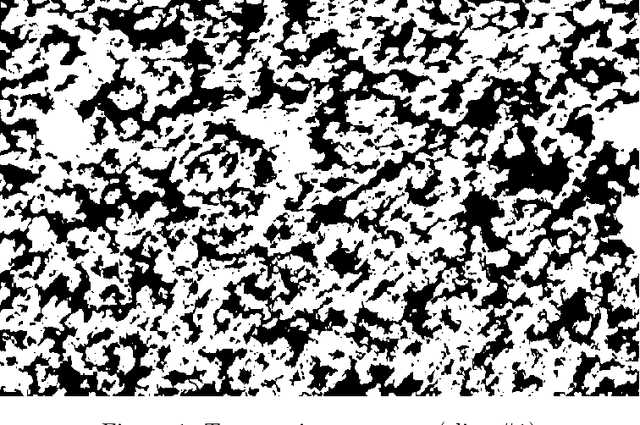Audrey Olivier
Empowering Bayesian Neural Networks with Functional Priors through Anchored Ensembling for Mechanics Surrogate Modeling Applications
Sep 08, 2024Abstract:In recent years, neural networks (NNs) have become increasingly popular for surrogate modeling tasks in mechanics and materials modeling applications. While traditional NNs are deterministic functions that rely solely on data to learn the input--output mapping, casting NN training within a Bayesian framework allows to quantify uncertainties, in particular epistemic uncertainties that arise from lack of training data, and to integrate a priori knowledge via the Bayesian prior. However, the high dimensionality and non-physicality of the NN parameter space, and the complex relationship between parameters (NN weights) and predicted outputs, renders both prior design and posterior inference challenging. In this work we present a novel BNN training scheme based on anchored ensembling that can integrate a priori information available in the function space, from e.g. low-fidelity models. The anchoring scheme makes use of low-rank correlations between NN parameters, learnt from pre-training to realizations of the functional prior. We also perform a study to demonstrate how correlations between NN weights, which are often neglected in existing BNN implementations, is critical to appropriately transfer knowledge between the function-space and parameter-space priors. Performance of our novel BNN algorithm is first studied on a small 1D example to illustrate the algorithm's behavior in both interpolation and extrapolation settings. Then, a thorough assessment is performed on a multi--input--output materials surrogate modeling example, where we demonstrate the algorithm's capabilities both in terms of accuracy and quality of the uncertainty estimation, for both in-distribution and out-of-distribution data.
An efficient optimization based microstructure reconstruction approach with multiple loss functions
Feb 04, 2021



Abstract:Stochastic microstructure reconstruction involves digital generation of microstructures that match key statistics and characteristics of a (set of) target microstructure(s). This process enables computational analyses on ensembles of microstructures without having to perform exhaustive and costly experimental characterizations. Statistical functions-based and deep learning-based methods are among the stochastic microstructure reconstruction approaches applicable to a wide range of material systems. In this paper, we integrate statistical descriptors as well as feature maps from a pre-trained deep neural network into an overall loss function for an optimization based reconstruction procedure. This helps us to achieve significant computational efficiency in reconstructing microstructures that retain the critically important physical properties of the target microstructure. A numerical example for the microstructure reconstruction of bi-phase random porous ceramic material demonstrates the efficiency of the proposed methodology. We further perform a detailed finite element analysis (FEA) of the reconstructed microstructures to calculate effective elastic modulus, effective thermal conductivity and effective hydraulic conductivity, in order to analyse the algorithm's capacity to capture the variability of these material properties with respect to those of the target microstructure. This method provides an economic, efficient and easy-to-use approach for reconstructing random multiphase materials in 2D which has the potential to be extended to 3D structures.
 Add to Chrome
Add to Chrome Add to Firefox
Add to Firefox Add to Edge
Add to Edge